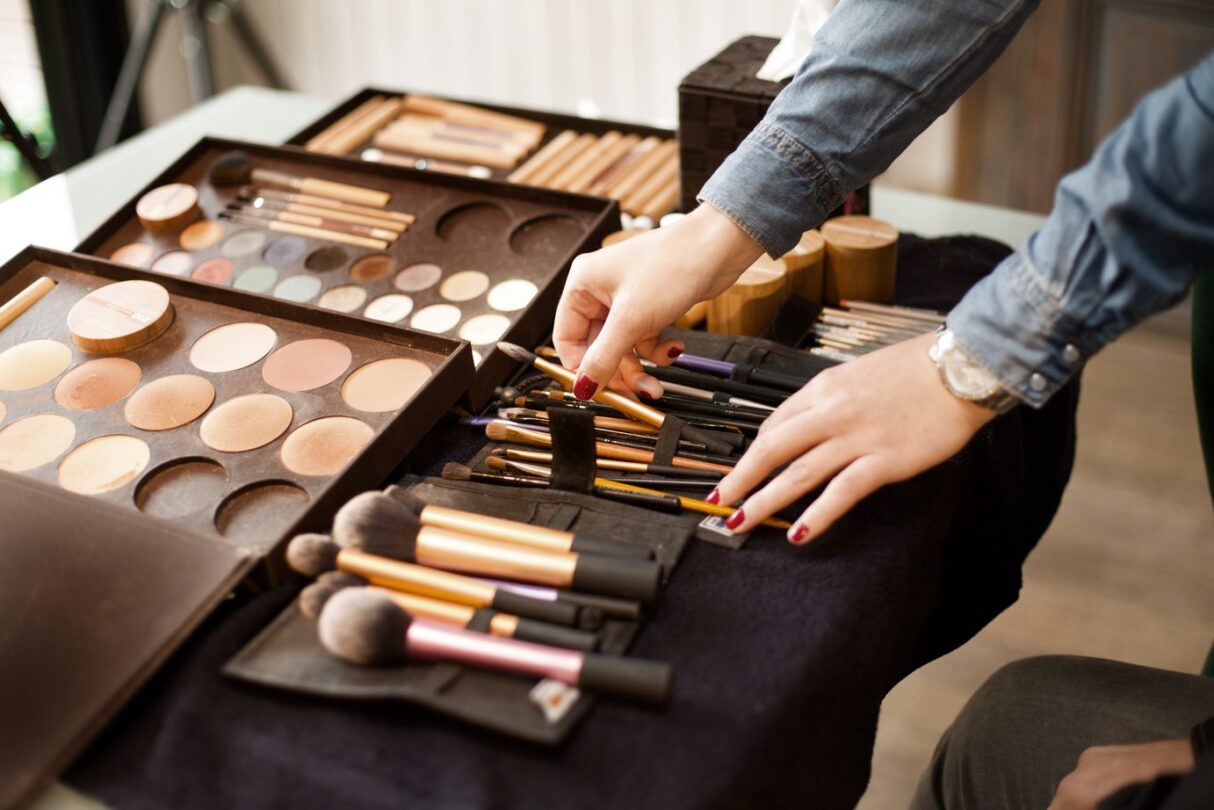Strategy, Legal & Operations
How to set up a hair or beauty salon
The hair and beauty industry is worth £7.1bn annually to the UK economy, and is […]

The hair and beauty industry is worth £7.5bn annually to the UK economy and is thriving. If you are thinking of setting up your own hair or beauty salon, what are the factors you should consider to make sure it is a success?
This article will offer you advice on getting your business plan in shape, finding the right location, dealing with your financials, getting the right team together and sorting any legal issues.
Beautify your hair or beauty salon business plan
Whether you are looking for funding and have investors to convince, or you are simply looking into the viability of a new salon in the area, a business plan is essential.
This should cover:
- The background to your business and your experience
- Your target audience
- Competitors and how you will differentiate yourself
- How you will promote the business
- You location, facilities and team
- Financial forecasts.
You should also carry out a SWOT analysis to identify your strengths, weaknesses, opportunities and threats.
Take Emma, for example. She has been working as a hairdresser at a leading salon in the city centre for five years and wants to go it alone and set up an upmarket barbershop. Her SWOT analysis could look like this:
Strengths
- Loyal customers who will move with her
- Only one other barber shop in the area, very traditional approach
Weaknesses
- Trying to attract affluent men but the landlord will only let the building open during working hours
- Cost could put some men off
Opportunities
- Sell complementary grooming products and services
- Run events
- Cross-promotion with local menswear stores
Threats
- Will men pay extra for luxury treatment?
- Unisex salons
- Trend for male grooming could pass
As part of your plan, you will also need to consider whether you want to be an independent hair salon or beauticians, or take advantage of a franchising opportunity with a leading brand.
This will give you the security of a ready made structure to base your activity around – good if you don’t have so much business experience – plus a household name on your branding which could make a difference to passing trade.
However, if you go it alone as an independent, you get a real feeling of control and the opportunity to create something that you know meets the needs of your local customers.
Business plan template for shops and retail companies
Want to create a business plan for your shop or retail company but not sure how to do it? Download our free and easy-to-use business plan template and you can get started.

Make your location a highlight
Choosing the right premises is crucial when you’re setting up a hair or beauty salon. You need to consider:
Parking
Customers don’t want to blow the budget on their blow dry only to find they’ve got a long walk back to the car in the rain. It’s also important to your staff if they don’t live in the area.
Rent and mortgage
It’s a balance between keeping your overheads low and being somewhere accessible with good footfall, for those spontaneous appointments. Don’t forget about business rates too.
Competition
Who else is in the area? If there are lots of beauty salons nearby, you will need to do something to differentiate yourself – perhaps offering a particular type of facials using an exclusive brand of products.
If you are planning to set up where there isn’t any competition, you also need to ask why. What’s putting competitors off from running a salon in this area?
Get your finances straight
You may have enough money in the bank to get your hair or beauty salon started, or you may need to look into a bank loan or investment. It’s worth looking at government grants or other alternative finance possibilities to see if there are options for funding out there that you haven’t considered.
You will need to get the pricing right. What are your costs? You’ll need to pay for supplies such as shampoo, conditioner, oils, nail polishes and cotton wool, as well as staff salaries, cleaning and rent.
Then you need to think about what you are going to charge. How does it compare to salons in the area? Are you competitive? If you’re charging more, what are you offering that makes it a more luxury experience?
Don’t forget to leave room for profit. You can reinvest that money into staff training, marketing and repairs and maintenance to look after the premises and equipment.
You will need to make sure you pay all the correct taxes.
- Depending on your level of turnover, you may need to register for VAT.
- If you employ people, you will need to deal with payroll and look after PAYE, making sure you deduct the right amount of National Insurance and income tax from their salaries and pay it to HMRC each month.
- You will need to pay your annual corporation tax bill throughout the year.
- If you have registered as a private limited company, you must prepare full or “statutory” annual accounts plus your company tax return.
- If you are self-employed as a sole trader or in a partnership you must fill in a self-assessment tax return.
It will be sensible to get good accounting software in place from day one. This will enable to you to keep clear records of all your income and outgoings, keep on top of payroll and submit accurate VAT and tax returns to HMRC.
Make up the right team
To grow your business, you will need a team of talented beauticians or hairdressers around you. Personality is important – you need people who are interested in your clients and sensitive to their needs, and who can build long-term relationships so they come back for repeat appointments at your hair or beauty salon.
You should also make sure they have the right qualifications. Beauty therapists will need to be fully qualified to work in your salon or spa, with NVQs and BTECs in beauty therapy just two examples to look out for.
Hairdressers will train at college, or learn on the job at a salon. There are several qualifications they can take, including certificates and diplomas in hairdressing and barbering.
Get your legals in shape
To run your hair or beauty salon, you will need the right licence. Take a look at the Gov.uk licence finder to find out more.
You will need insurance in place. Look out for hairdresser insurance packages, which offer cover to hairdressers, beauticians and nail therapists and covers the essentials such as employer’s liability, public liability, product liability and professional indemnity insurance.
High on your list of priorities will be health and safety. With the chemicals in the products you use, heated equipment and the need to wash hands regularly, by default you may have more risks than in other, less public-facing businesses. The Health and Safety At Work Act (1974) explains how you can help your staff stay safe during their working day.
How to start a business – your free guide
Starting a business? Our essential guide is packed with straightforward advice on everything from planning to launch.






Ask the author a question or share your advice